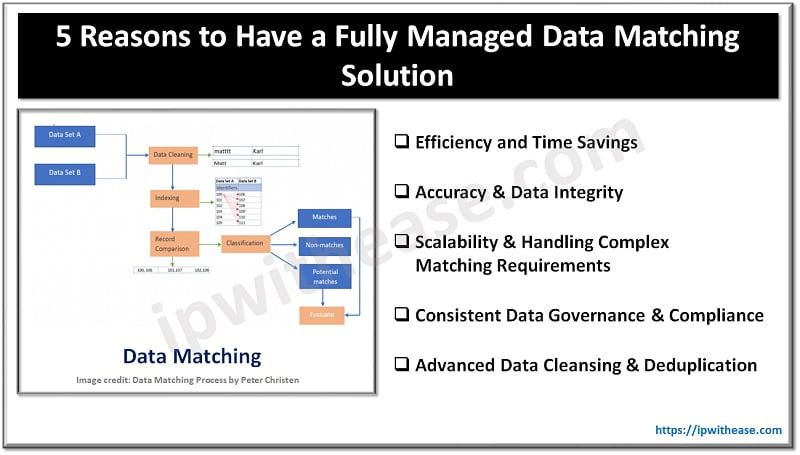Fiber Channel (FC) is a serial data transfer protocol and standard for high-speed enterprise-grade storage networking. It supports speeds up to 128 Gbps and delivers storage data over fast optical networks.
Basically, FC is the language through which storage devices such as HBAs, switches and controllers can communicate.
Related – FCoE VS FCIP
A comparatively new technology called FCOE has also taken the IT market by storm. FCoE maps Fiber Channel over full-duplex Ethernet networks based IEEE 802.3 standard. By consolidating I/O, FCOE reduces cost and complexity by eliminating the necessity of establishing and parallel networks for storage and networking. The technology can be deployed in a “Top-of-the-Rack” configuration also.
FC vs FCoE (Fiber Channel vs Fiber Channel over Ethernet)
| PARAMETER | FC | FCoE |
|---|---|---|
| Abbreviation | Fiber Channel | Fiber Channel over Ethernet |
| Terminology | Fiber Channel (FC) is a high-speed network technology running at various speeds - 1, 2, 4, 8, 16, 32, and 128 Gbps and used to connect computer data storage to servers. Fiber Channel is mainly used in storage area networks (SAN) in commercial data centers. | Fiber Channel over Ethernet (FCoE) is a network technology that encapsulates Fiber Channel frames over Ethernet networks. This allows Fiber Channel to use 10 Gigabit Ethernet networks (or higher speeds) while maintaining the Fiber Channel protocol. |
| Working Mechanism | Fiber Channel uses a source-based mechanism for filling the pipe, called Buffer Credits (also known as Buffer-to-Buffer Credits). | FCoE works on receiver-based mechanism for ensuring lossless, called Priority Flow Control. In case of FCoE the receiving switch controls the flow of data. |
| Reliability | Requires very high reliability for communication. Not a single frame should be lost, and frames must be delivered in order | Less reliability requirement than communication over FCOE. |
| Platforms supporting | Cisco MDS ,6520,G620,300 etc. | Nexus 5K , Nexus 7K etc. |
| Cabling | It allows a different method and physically separate cabling to be used throughout the datacenter. | It allows a single method of cabling to be used throughout the datacenter, thus simplifying the number and type of cables being used. |
| Infrastructure requirement | High number to devices required since requires dedicated hardware to support Fiber Channel communication path and Data/application communication path | Lesser number of devices required since we have converged communication for SAN and data/application using same path. |
| Routable | FC is Routable | FCOE is non Routable. We require FCIP to extend or join FCoE SANs, even over short distances. |
| Cost | High cost since requires dedicated active and passive infrastructure to support FC (SAN) traffic. | Low cost since same infrastructure is used for Data and SAN communication |
| Speed | Upto 128 Gbps | Upto 40 Gbps |
| Distance Supported | Upto 10 km (OSI 9um SM) for 8 Gbps speed | Upto 13 Km |
| ESX Support | Only protocol supported on ESX since beginning | Hardware FCOE support started in vSphere 4.x and Software FCOE in VMware vSphere 5.0 in 2011 |
![]()
Download the difference table here.
I hope you would have understood the comparison to be FC & FCoE through our extensive comparison table above.
Read our related article as well –
ABOUT THE AUTHOR

You can learn more about her on her linkedin profile – Rashmi Bhardwaj



